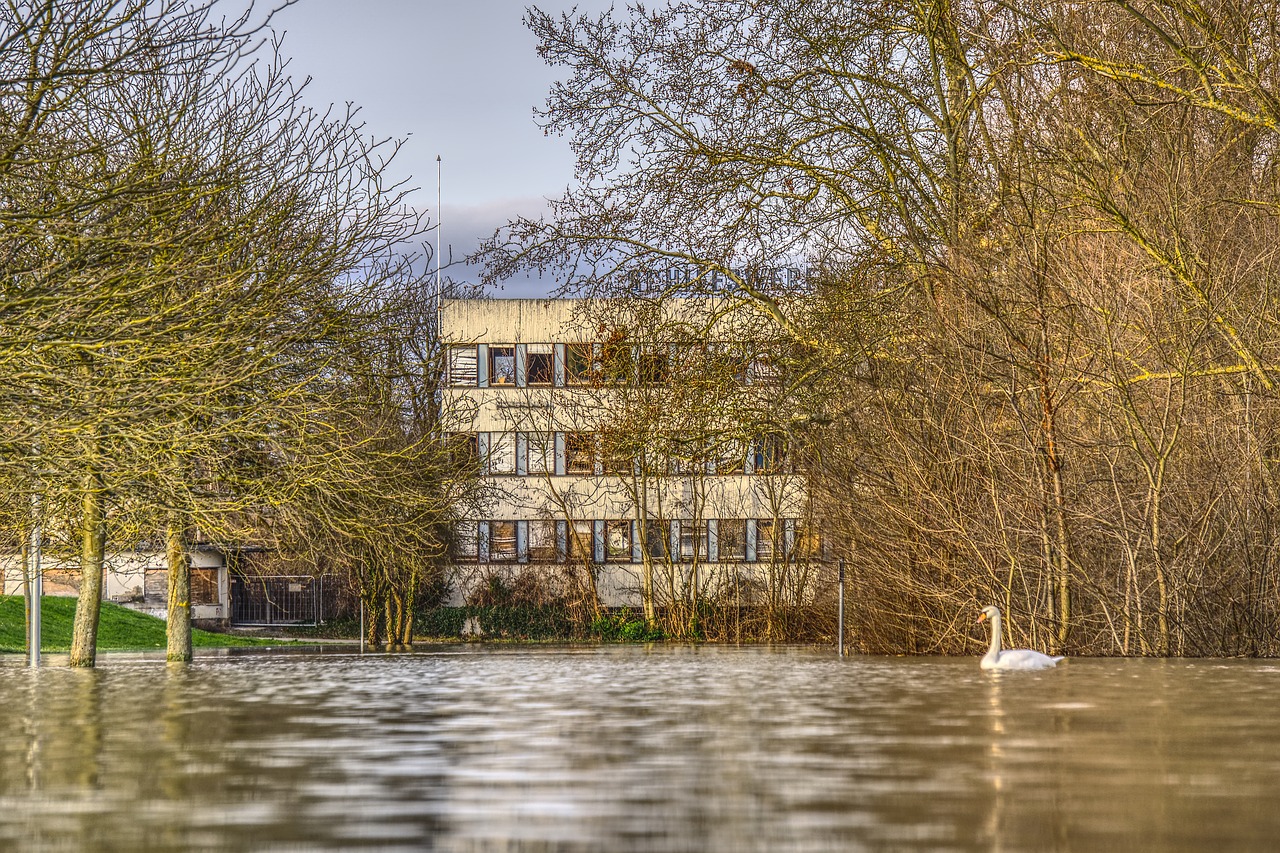
Has your business recently experienced flooding or water damage? One thing is for certain, water damage is not good for business. Not only can it damage your building and belongings, but it also disrupts your profits. Whether you own a shop and have damaged goods or your office building can’t hold your employees because of damage you are missing out. Luckily, American Fire and Water Restoration has a commercial water damage process in place to help. Here is how we help you get your business back into working order.
The first step in our process is an assessment. We want to know exactly what we are dealing with. We assess the entire property to determine the extent of the damage and find the source. From this, we also find out what kind of water we are dealing with and document damage. We need to know if your water was exposed to contamination and how much so that we can best take care of the issue. The documentation helps develop a plan for restoration as well.
Once we understand the type of water and the extent of the damage we can start the extraction process. We have state of the art equipment that efficiently extracts the water from your property straight into our trucks. This ensures the water can’t contaminate anything else on your property. We also have equipment that can detect moisture to ensure the complete removal of water from your property. Once we remove all the water from your property, we can focus on the building itself and its contents. We’ll take all the of damaged contents out, to restore and prepare the area for restoration.
At this stage, we can restore your building to its state before the water damage, including walls, floors, and structures. We ensure that the structure is sound and then work on preparing the inside to get back into working order. Our equipment includes professional air movers that ensure the place is dry and mold free. We also will work to restore all of the items that were damaged by the water. We have a cleaning and storing facility to make sure your things are properly cared for. Once the building and belongings are all restored, we will move everything back in so that you can get back to business.
Here at American Fire and Water Restoration, we understand that time is money. We work quickly and efficiently to ensure that you are back in business and soon as possible. Water damage is not your friend, but we can be. We are available 24/7 so that when you need us, we can be there to help. Our process is thorough, and our equipment is top of the line so that you can rely on us. If your business has recently experienced water damage, we are here to help. Give us a call, (847) 514-9305.
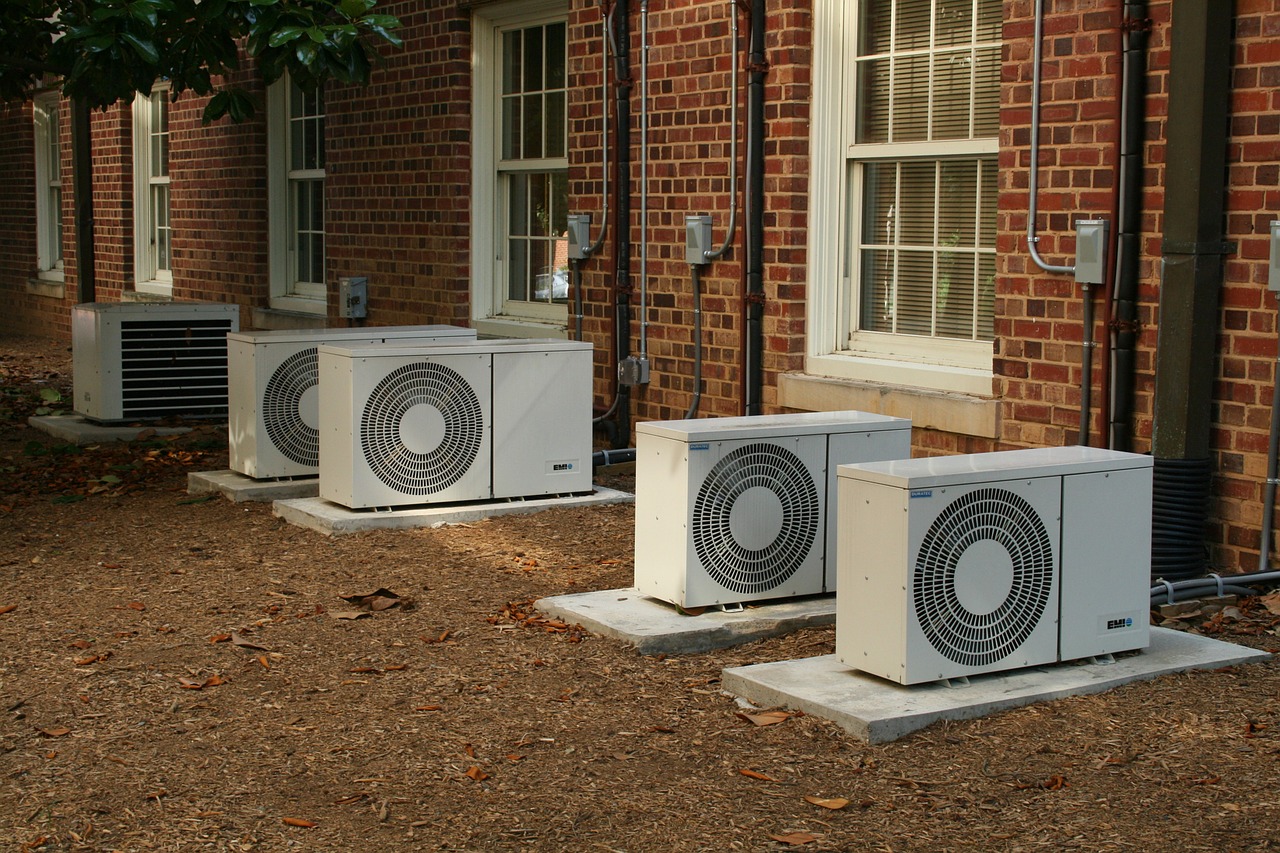
When was the last time you cleaned out the dust from your HVAC system? If you haven’t done it recently, you are putting your home at risk. HVAC systems that are not cleaned regularly can collect and build up dust and other particles in the air, which can cause a fire. Air ducts are often an ignored feature of the home. As long as they are working well, they are left alone. However, by ignoring your HVAC and the dust accumulating there, you could be putting your home and family at risk.
Once it accumulates, dust can be incredibly flammable. Dust only needs a spark of energy or to be on a very hot surface for it to ignite. And once a flame has started, it can be hard to put it out. For one thing, the fire starts in an unseen part of your house, so it can strengthen a great deal before you are aware of it. The fire can travel through your HVAC system feeding on the buildup that is in there until it becomes hot or strong enough to escape the system.
Dust works silently and stealthily. It can feel like one day there was no dust at all and then you turn around and there is a large buildup of it. The easiest way to know if you have dust built up in your system is to look at your air vents. Is there dust on or in the slats? If there is, it can mean there is a larger build up further inside the system. You can also check the air registers and the filter to see if there is dust sitting in them. Cleaning out the buildup will not only prevent a fire, but it will also help your system run better.
Your cleaning method will have to depend on how excessive the buildup is. If there is only a small amount of dust built up, you can clean it out yourself. The way to clean your HVAC yourself is much like any other kind of dusting. You’ll want to turn your fan on so that the dust moves once you’ve dislodged it and doesn’t immediately resettle. You can dislodge the dust with a broom and some sweeping. You can also wash your filter and remove the dust from your air registers. However, if there is a lot of dust in your system, you should call a professional service to ensure that all of the dust is removed.
Your HVAC system has the potential to be a silent killer, but you can prevent danger. Ensure the safety of your family and home by not ignoring your air ducts. Regular maintenance can make all the difference. Allow us at American Fire & Water Restoration help you prevent a fire starting from dust in your HVAC. Give us a call at (847) 514-9305.
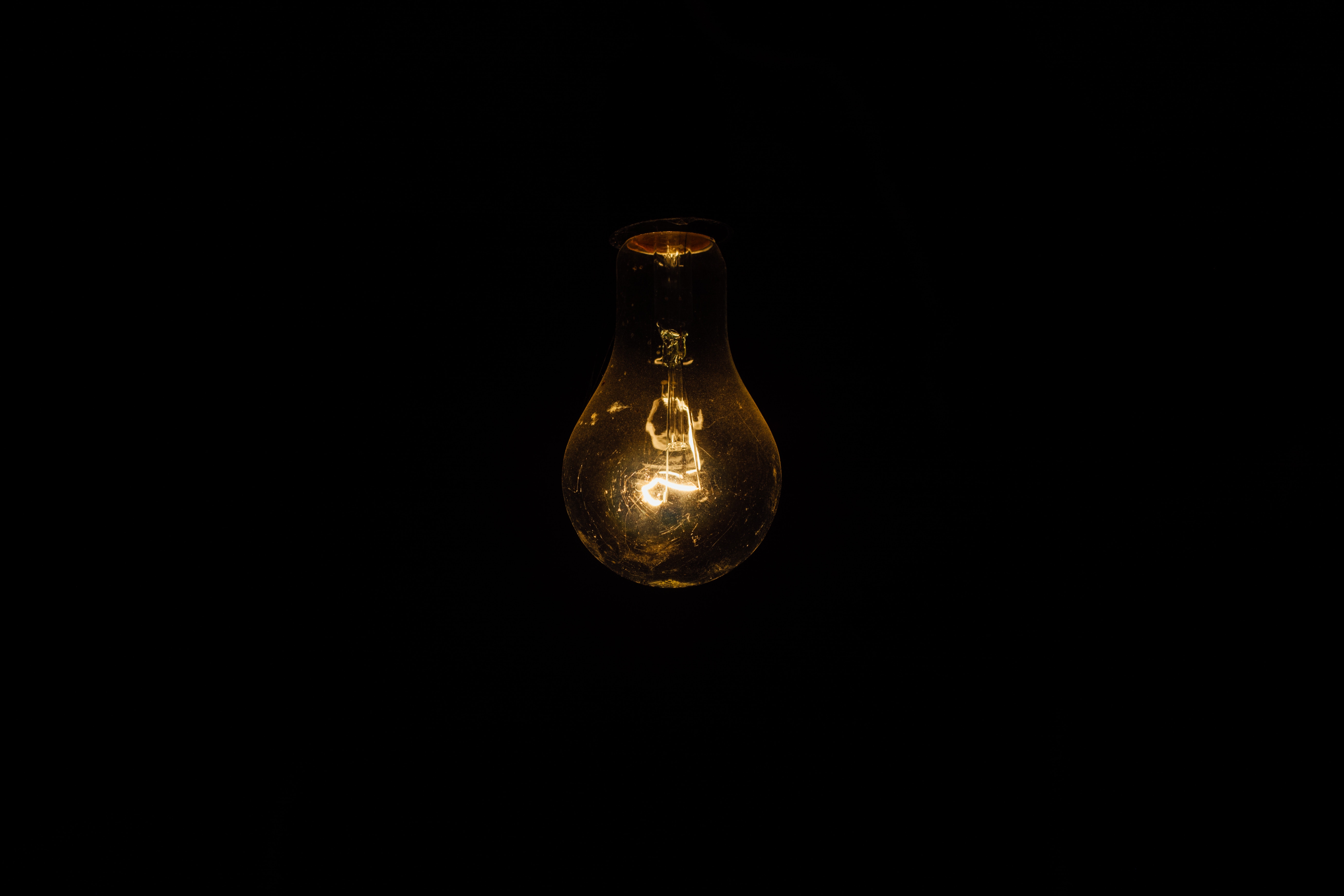
Preventing an electrical fire and the fire damage that comes along with it is possible. There will always be accidents, but there are a number of measures you can take to help save your family and home. Most electrical safety and fire prevention methods are common sense, but it is important to actually practice them. Everyone knows you shouldn’t plug too many things into one outlet, but do we anyway? Appliances tend to straddle the line between safe and unsafe, and that is often ignored. And simply knowing the capacity of your home’s electrical system could help prevent fire damage. If you would like three reminders on how you can prevent an electrical fire, read on.
Whether in the kitchen, TV room, or bedroom, certain outlets always seem to be the favorite. There’s the outlet that’s in the perfect spot for all the TV appliances or the bedside outlet that needs to provide you with light, phone and computer charging, and whatever other odd things you can think of. The reality is that certain outlets get overused, while others see no use at all. You risk overextending an outlet when you add just one more plug to an already crowded outlet. An outlet that is continually overused will go the way of most overworked things, it will burn out.
Appliance safety is an important part of preventing electrical fires. You should unplug small appliances like toasters and crock pots when they’re not in use. For bigger appliances, make sure the hook-up you have is generating the correct amount of electricity. And of course, make sure that all electric appliances stay far away from water. Practicing these few safety measures can save you, your family, and your home.
A common problem with older homes is old wiring. If you have an older home or are looking to buy one, it is advised that you hire a professional to inspect the electrics. Old wiring is not always detrimental, but it is better to know what you are working with as a precaution. Knowing you have old wiring can help you strategically plan your outlet use. Also, if you know you have old wiring, you can choose to have it replaced. Knowing what is in your house is always the best course of action.
For the most part, preventing an electrical fire is common sense. If you take care of your electrical system and appliances, you are less likely to experience an electrical fire. However, not all fires and fire damage can be prevented. In some circumstances, preventative measures just don’t stop the problem. If you are in this situation and have experienced the damaging effects of an electrical fire, you are not alone. American Fire & Water Restoration is here to help you restore your home. Give us a call at (847) 514-9305.
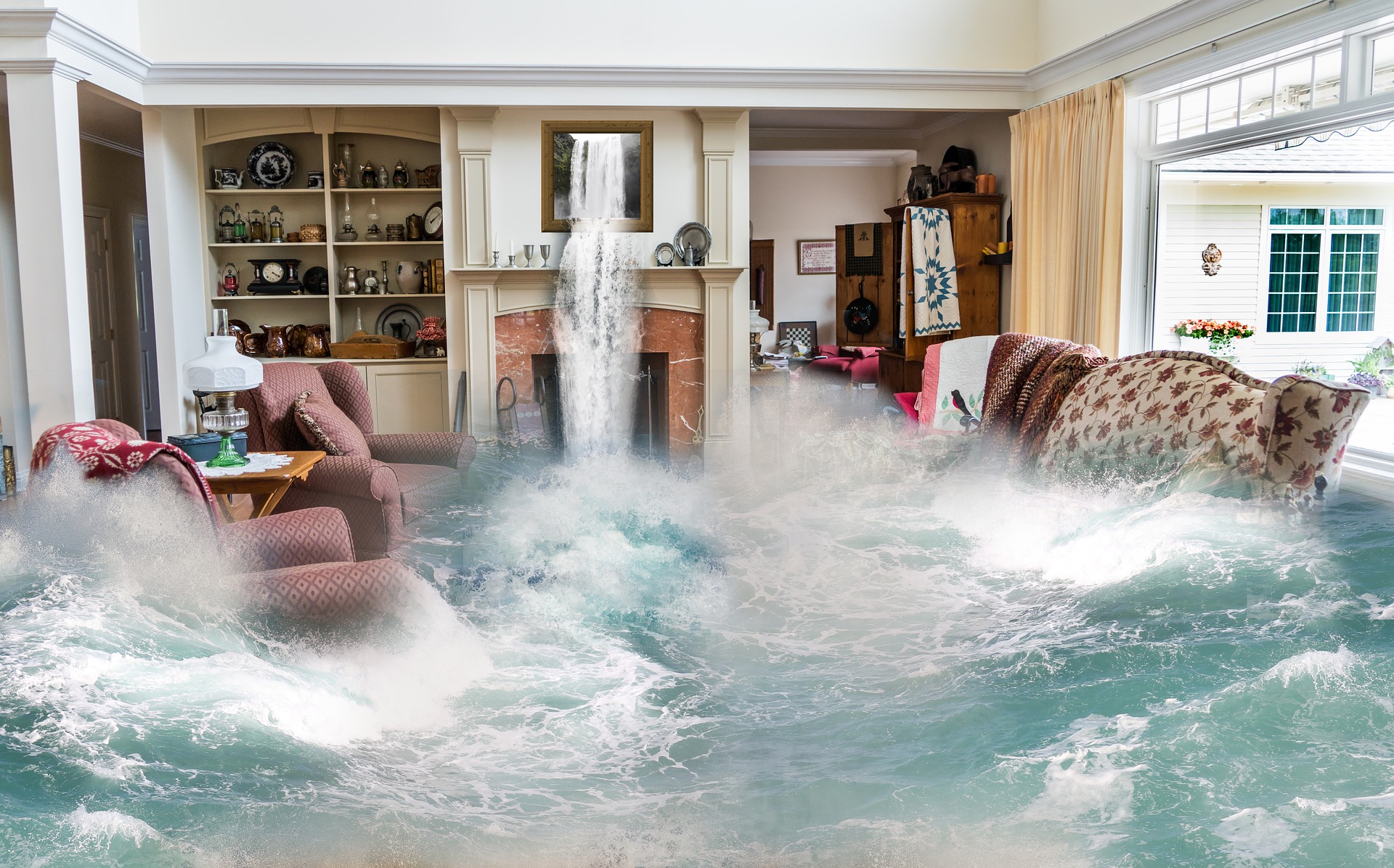
There can be a lot of misconceptions about the seriousness of water damage. If you have recently experienced some type of water damage in your home, you need to understand it can have serious consequences. Some of the most common water damage side effects include mold infestations, unknown flooding, and structural damage. It’s important to know to look out for these events and to know how to prevent them.
Mold arrives with most water damage events. It can grow in most warm and moist conditions, and where there has been a lot of water is a great place for it to start and grow. It not only grows on the surface of whatever host it has found but it also spreads down and across any surface. Mold can cause damage to the surface and structure of what it is growing on. Mold also has health risks. Common symptoms for people exposed to mold are sneezing, skin irritations, irritation of the eyes and throat, nasal congestion, coughing, pneumonia, asthma attacks, and migraines.
Flooding can be a sneaky or all-at-once type of water damage. A small leak or drip can cause serious damage, just as a sudden rainstorm can instantly flood a place. A major danger of flooding is that you might not know what is in the water. Flood water has the potential of carrying biohazardous materials in it, so it is important to have a professional inspect the situation. Also if the water is not cleaned up correctly or dried well, you run the risk of a mold infestation growing.
Structural damage is probably the most serious risk of water damage. It can occur in many different ways. Flooding can affect the structure of your home. It can move structure points in the foundation and/or cracks in your foundation. And there is also the risk of mold inflicting damage on the structure if flooding hasn’t. A space that hasn’t been dried out properly is the perfect place for mold to grow. And if it grows and penetrates structural points, it will weaken the structure from the inside. Both of these can go unseen but be highly dangerous to the safety of your home and everyone inside of it.
Water damage is a serious matter. It can affect your home in myriad ways and leave its mark. If you have found water damage in your home, you need to address the matter seriously. The best approach is to call for professional advice. Restoration professionals will have more experience and know how to handle your unique water damage situation. American Fire & Water Restoration can be there to help make your home safe and water damage free. Give us a call, (847) 514-9305.
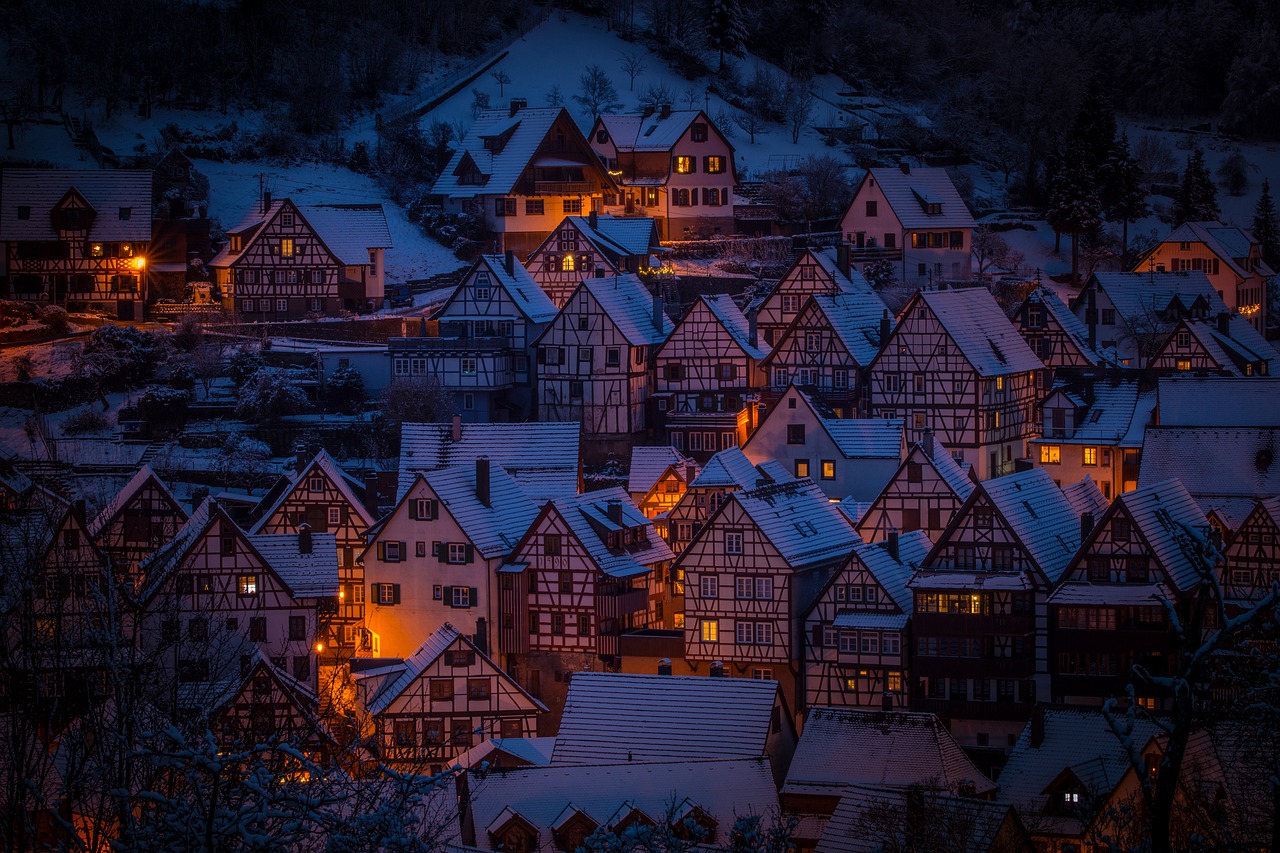
Winter is still here and it can still inflict water damage on your home. Fluctuating temperatures, heavy snowfalls, that dreaded wintry mix, or plummeting temperatures can affect your house disastrously. However, there are ways to protect your house from these inclement threats. If you live in an area that experiences cold winters and winter conditions, you need to protect your home. Here are some tips on how to prepare your home to withstand some of the most common winter water damage threats.
Ice dams can form on your roof and can flood your home from the upstairs down. They can cause damage to your walls, ceilings, and insulation. An ice dam is a sheet of ice that covers the gutters on your roof. It forms by melting snow moving from a warm portion of your roof to a cold portion, refreezing the melt off. The refreeze can block the gutters, stopping more melting snow, sleet, and water on your roof from reaching your gutters. This runoff will need somewhere to go and can find its way into your home via your attic and walls. To prevent ice dams from forming, make your ceilings airtight so that no warm moist air can travel up to the roof through the attic.
Poorly or noninsulated pipes are vulnerable in the winter months. Especially if any of these vulnerable pipes are exposed to outside temperatures, you are practically asking for one to freeze and burst. Once a pipe bursts, all the water running through it will fill the area that it is falling into. It is important to properly insulate all of your piping. This will mean different things depending on where you live. Make sure the pipe insulating you use is appropriate for how cold it gets where you live.
Both ice dams and burst pipes can cause winter flooding. However, there are other wintry flooding risks. If you live in an area where the temperature fluctuates and heavy rains can land on frozen ground, you are at a risk of flooding. Water will try and find a place to move and if the ground isn’t an option it will find other places. Ensure that your home isn’t the place it comes to rest. Make sure your foundation is well sealed. In the same way, prepare the house for cold temperatures by making the ceilings airtight and any vulnerable piping or ductwork is properly insulated. Flooding can happen unexpectedly, so make sure your house is ready to combat it.
The winter months are challenging for houses. The desire is to have a warm and cozy haven from the outdoor elements. Water damage can be a stealthy foe trying to take that haven away. The best way to keep that haven safe and water damage free is to prepare. However, if the winter elements hit your home unexpectedly and you do experience water damage, we are here to help. American Fire & Water Restoration will help make your home a wintry haven all over again. Give us a call, (847) 514-9305.
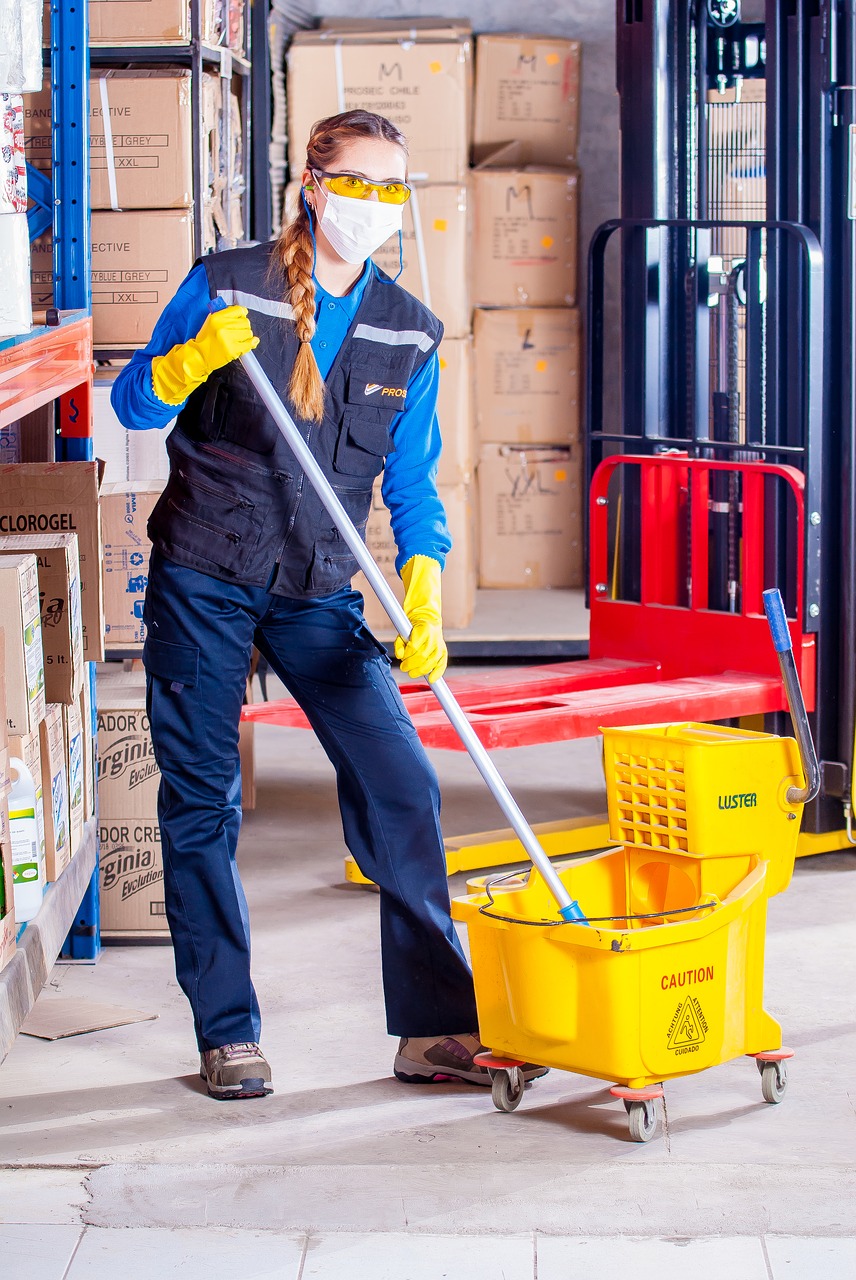
There is no such thing as a small disaster. A mop and common cleaning products are not enough when it comes to water damage. When water damage occurs, it can contain unseen bacteria, cause mold, and create other damages. In any situation involving water, time is everything. The problem is that cleaning the water up thoroughly and recovering from the damage isn’t as straightforward as it seems. Below are some reasons why you should not clean water damage yourself.
When water damages your property, cleanup must start immediately. There is a 24- to 48-hour window from the time something gets wet to the time mold begins to grow. After that time, mold will multiply rapidly. When mold growth is widespread, you need the services of a professional mold remediation service to safely treat and remove the water and mold.
Get your property completely dry with a company that specializes in water damage restoration and emergency water extraction. At American Fire and Water Restoration, we use professional water removal equipment and drying equipment to complete the job as quickly as possible.
Don’t make the mistake of thinking that cleanup is over just because you don’t see any more water. The most critical part of the remediation process is drying out the area completely. Hidden water can be trapped inside the structure and may only be found with moisture detection equipment, so it’s important to have commercial dehumidifiers and fans to dry out the water fast enough to reduce the risk of water damage.
In your effort to clean up the water damage as quickly as possible, don’t make the mistake of overlooking important details. It’s important to know which doors and drawers you should keep open or closed, how to remove carpet padding, and how to keep furniture safe. Also make sure that you’ve checked every place where the damage may have occurred. Moisture can hide in drywall and subflooring that you may not be aware of. This may only be detectable by special equipment.
DIY water damage cleanup is challenging, so it’s better to hire a professional to ensure all damage is gone. At American Fire and Water Restoration, we have the right tools, training, and experience to complete the job quickly, efficiently, and safely. Call us at 847-514-9305 or visit us online at www.afnwr.com.
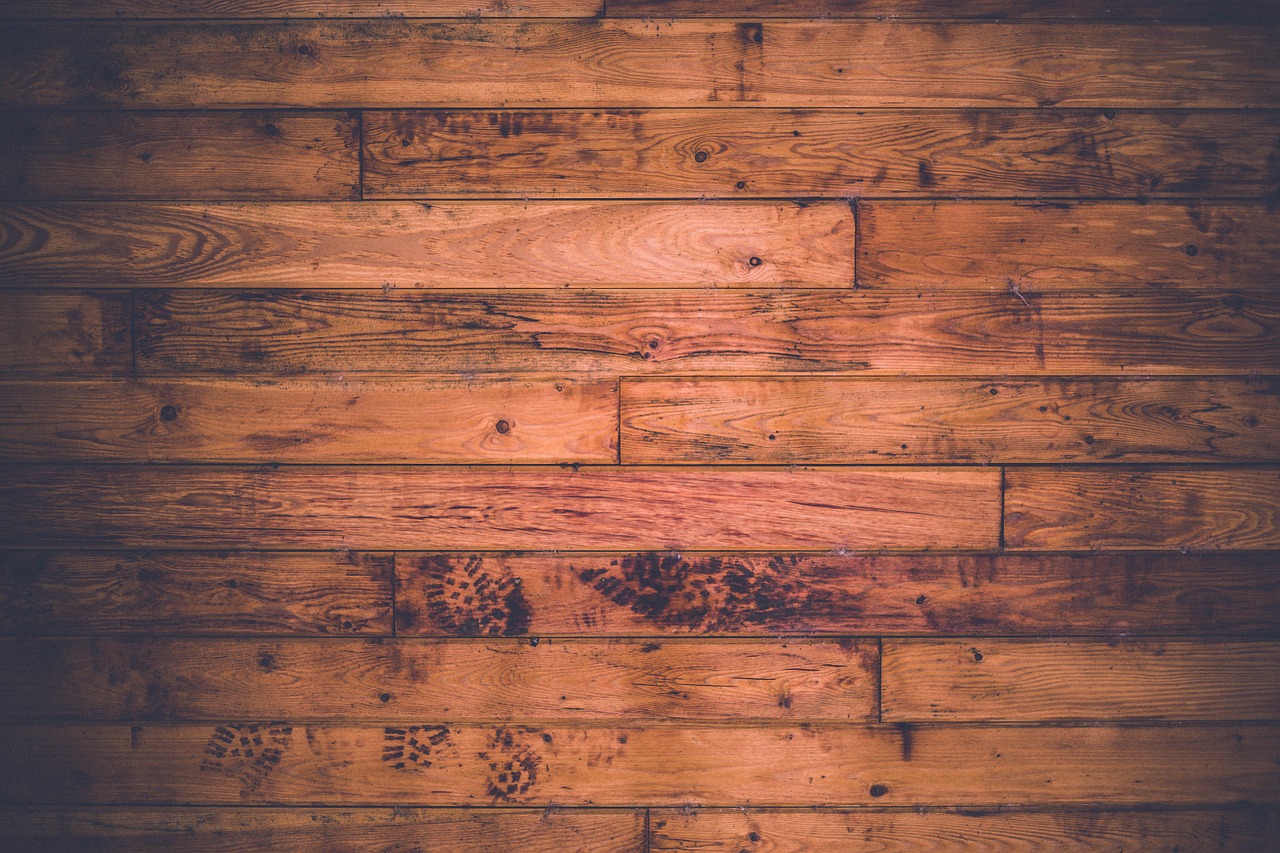
Successful restoration of flooring depends on factors such as response time, type of flooring, amount of moisture, and the degree of water damage already present. A common question asked is, “Can I dry hardwood floors after water damage?” The only downfall to hardwood flooring is that in the event of a flood, you cannot easily take it out and dry it like carpet. Here are some of the main considerations you should make when considering calling a water damage restoration company to dry hardwood floor.
According to the EPA, mold can grow in as little as 48 to 72 hours on almost all household materials if they have a moisture level of 16% or higher. Time is of the essence when it comes to hardwood floor water damage. The moisture, temperature, and dust layer beneath a wet wood floor can provide an ideal environment for mold and many other problems. You can greatly decrease the amount of water damage if you respond quickly.
Before you can determine how to properly dry hardwood, you need to determine what type of wood flooring you have. The main types of hardwood floors are:
Moisture affects all floor types differently. A flooded hardwood floor can have up to 40% moisture content and can retain well above the normal amount of moisture for weeks if left to dry on its own. Nails may begin to lift, glue may release causing separation between floor pieces, and tongue and groove floors often cup or buckle when moisture has been absorbed.
After severe water damage, it is likely that wood floors will have to be replaced. Wood is specifically susceptible to mold growth. Floors that cupped, popped, or cracked may be an indication that the sub-floor has experienced water damage as well. The sub-floor will also need to be replaced if this has occurred.
If your flooring can be restored, call American Fire and Water Restoration. We use special, sophisticated drying equipment that forces airflow beneath the surface of the floor, releasing moisture. One of our restoration specialists can thoroughly inspect damage to determine the right plan of action for your flooring.

If a flood, fire, mold, wind, or ice have invaded your home, you’ll need content restoration. The damage left behind can be widespread and overwhelming. Once American Fire and Water Restoration’s quick response restoration team is on site, we can start the process of restoring your entire home. The damage doesn’t just affect walls, structure, or flooring; it affects your personal belongings as well. We know the things in your home are special and important to you. That is why we have a contents restoration process set in place. We will care for your belongings as if they’re our own. Here is our step-by-step contents restoration process.
The first thing we will do is look over all of the affected belongings and organize them. We take photos of all your belongings and where they go in your home. This is so we can return them to their proper place once restored. Then we inventory all of the contents to ensure that no piece is forgotten or misplaced. After this, your belongings will carefully be packed up and readied for travel.
All belongings that are removed from your home will be taken to our secure storage location. This is where your items will wait to be cleaned and restored to their original condition. They will also be stored here while your home is being repaired and renovated. While your home is being repaired, you don’t want your belongings to be sitting around getting dirty. Our storage facility is perfect to ensure that everything is restored and clean before your belongings come home.
We use state-of-the-art procedures to clean your belongings, depending on what type of damage they sustained. This is a personal item-by-item process in which your belongings are cared for like our own. We give your electronics, fur, books, paperwork, and fine art the specialized treatments they need. Once everything has been restored to its original condition and your home is ready, we bring your belongings home. With the help of our photos, we return all of your belongings to their rightful place. We take special care to make sure no damage is inflicted on your belongings or home during this last step.
When cleaning and restoring our customers’ belongings, we make sure to give every item personalized attention and care. We understand that these are more than just items; they are your personal belongings. We do everything from vacuuming, dry cleaning, wet cleaning, hand cleaning, deodorizing, degreasing, and polishing. And if any of your belongings need re-upholstering or refinishing, we can do that as well. We understand the stress that comes with a disaster hitting your home is overwhelming. That is why we are here to help you. American Fire and Water Restoration can be on site within 90 minutes of your call, 24/7. There is no need to give up on your belongings after a disaster. Give us a call at (847) 514-9305 and we’ll care for your belongings like they’re our own.
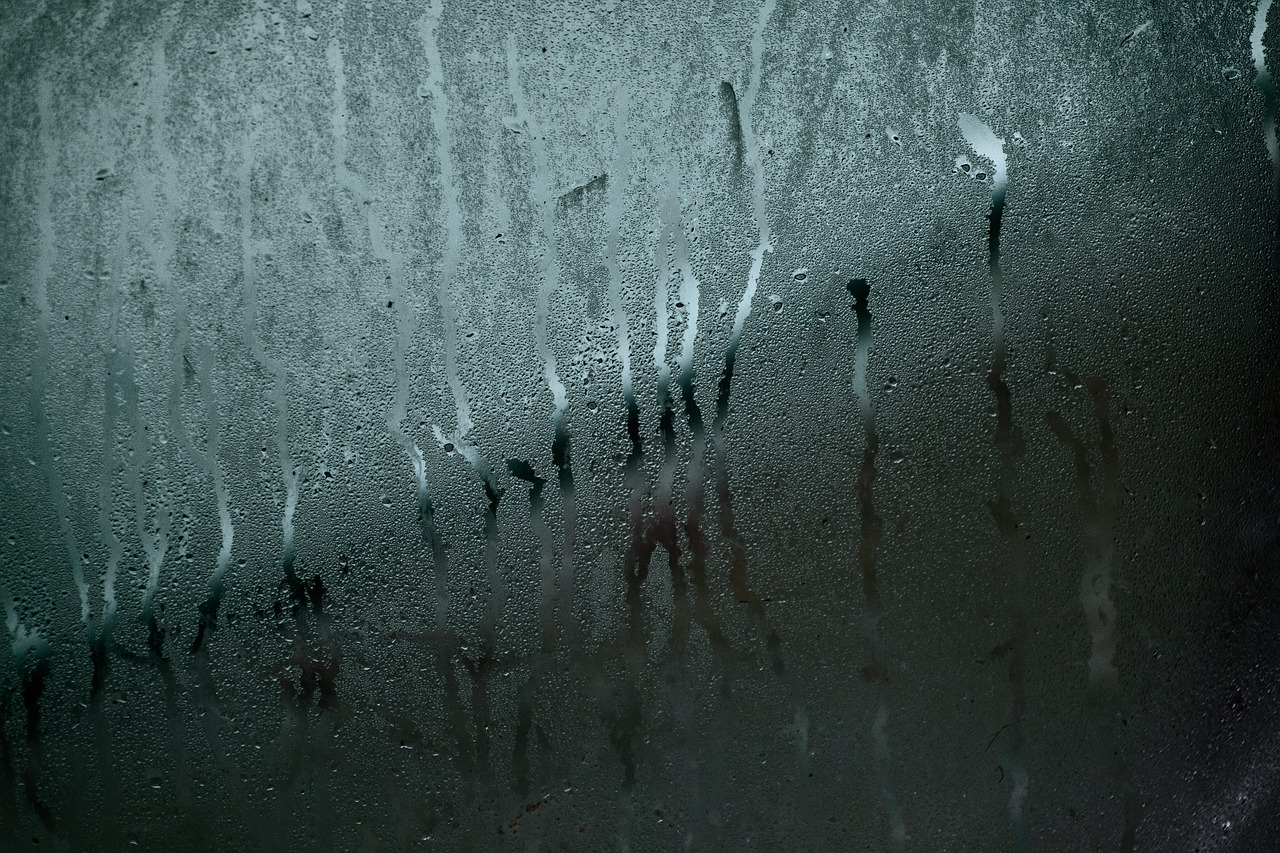
As gross as it sounds, mold is all around us. Mold plays an important role in the natural process of decay and is used to make products, from cheese to penicillin. If left untreated by water damage, however, mold can damage your home and your health. The key to mold prevention is moisture control. Here are some tips on how to avoid indoor moisture and the mold that thrives there.
There is no way to mold-proof your entire home, but you can make it mold-resistant. If you know your problem areas, then you’ll know where moisture lingers. Basement flooding and frequent condensation on the windows are sure signs of excess moisture. Preventing mold from growing might mean replacing the carpet in a damp basement, installing mold-resistant products, or even repairing damaged gutters.
Everyday activities such as cooking, showering, and running the washing machine can invite mold into your home without proper ventilation. Always vent appliances that produce moisture such as bathrooms, stoves, and dryers, to the outside of the home. When possible, open a window when cooking, washing dishes, or showering to let moisture out. AC units and dehumidifiers also need to be checked and cleaned periodically.
As temperatures drop, the air holds less moisture. Without good air flow, that extra moisture can show on your walls, windows, floors, and furniture. Increase airflow in your home by opening doors between rooms, opening doors to closets, and moving furniture away from walls.
Many companies make mold-resistant products like drywall and sheetrock, as well as mold inhibitors for paints. Mold-resistant drywall is paperless and excellent for rooms prone to moisture such as bathrooms, basements, kitchens, and laundry rooms. Mold-resistant gypsum board is also available. The core of the drywall is made to prevent moisture absorption to block mold growth.
Without moisture, mold cannot grow. Water damage of any kind should be dried within 24 to 48 hours. Even everyday routines need attention, like leaving wet items lying around and wet walls after cooking or showering. Also, wet clothes in the washing machine can cause mold to spread quickly.
If the mold and mildew in your home are beyond prevention, call a professional restoration service. Don’t take a chance with the potential health risks that mold can cause you and your family. American Fire and Water Restoration is a full-service restoration company at the ready to handle your water damage and mold issues. Call 847-514-9305 today for a consultation.
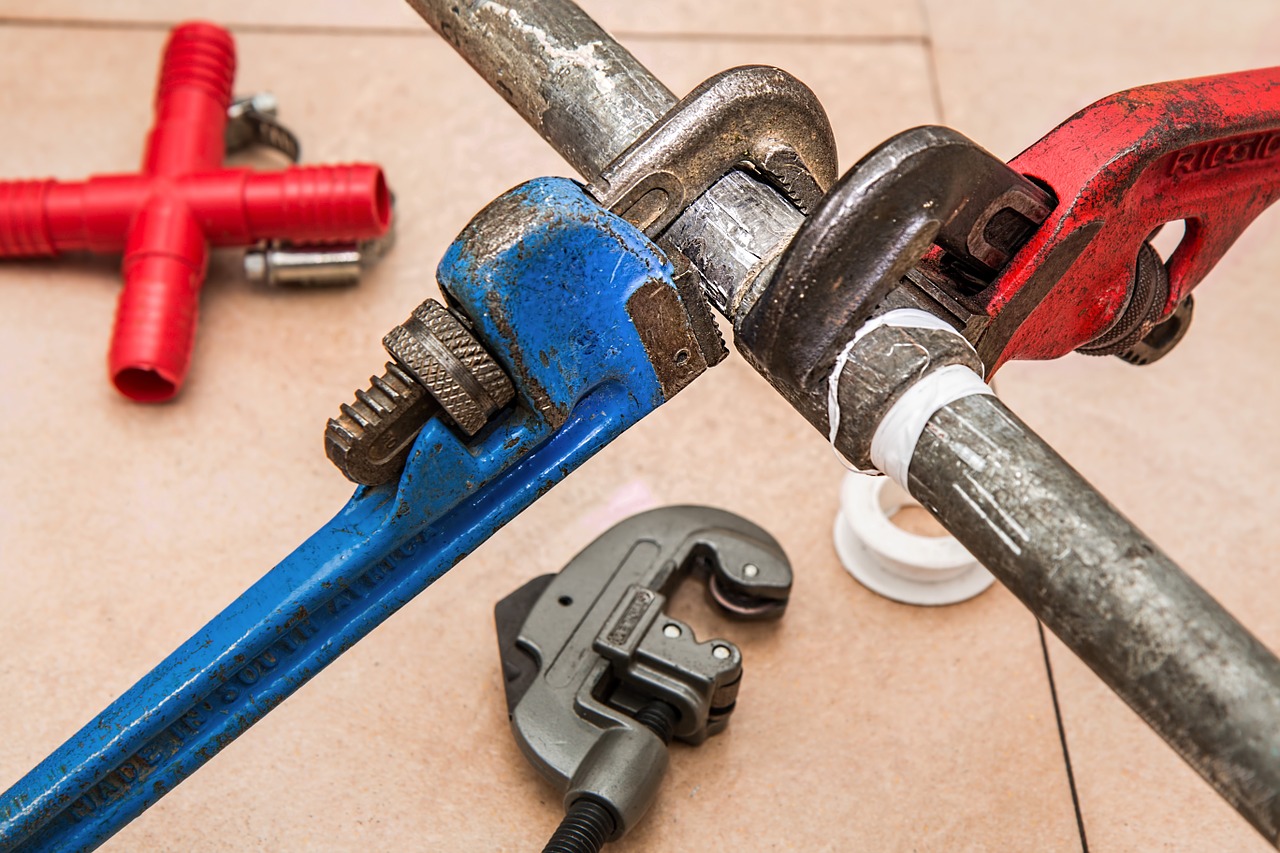
Pipes can burst and make a massive mess. Burst pipes can sometimes be difficult to prevent because many pipes are out of sight and can burst without anyone knowing. Pipes get old and crack, and cold weather can freeze pipes. If the potential of a pipe bursting worries you, it is time to take some precautions. Here are a few things that can happen when a pipe bursts.
In the winter months, pipes bursting from freezing is a big concern. Poorly or non-insulated pipes are vulnerable in the winter months, especially if any of these pipes are exposed to outside temperatures. Once a pipe bursts, all the water running through it will fill the area that it is falling into. That unwanted water will cause damage. To keep the water in the pipes and moving it is important to properly insulate all of your piping. This will mean different things depending on where you live. Make sure the pipe insulating you use is appropriate for how cold it gets where you live.
Older homes also run the risk of housing pipes that have passed their prime years. Old pipes are vulnerable to rust, cracks, and dysfunctional seals. All of these vulnerabilities can leave you with pipes bursting. The easiest way to avoid old pipes giving out is to maintain your pipes through proper insulation and replacing pipes that look like they might burst. Wear and tear will weaken pipes and the seals that connect them. In older homes, this is more likely. Being aware of the potential breakage and maintaining your pipes can prevent water damage.
Once a pipe has burst, flooding is inevitable. The water that is supposed to be running through the pipe to its proper destination will pour out into whatever area the burst took place. It will continue to fill the space until the water is turned off. This flooding can cause real damage to your home. Water damage can affect the structure of your home, flooring, walls, and personal belongings, and it can cause mold. Depending on how long the burst pipe goes undetected and where the flooding happens, the damage can be overwhelming. Once flooding has started, it is time to call in a professional restoration team to take care of the damage.
When pipes burst, there is no way around having water damage. It is important to call a quick response restoration team because the water could have damaged the structure of your home. Professionals also have the proper equipment and knowledge to deal with your flooding safely and efficiently. Of course, preventing a pipe from bursting is the best method of handling this problem but it isn’t always possible. For the times when a pipe isn’t prevented from bursting, American Fire and Water Restoration is here to help. We can be on site to help you with your burst pipe within 90 minutes. When a pipe bursts, give us a call at (847) 514-9305.